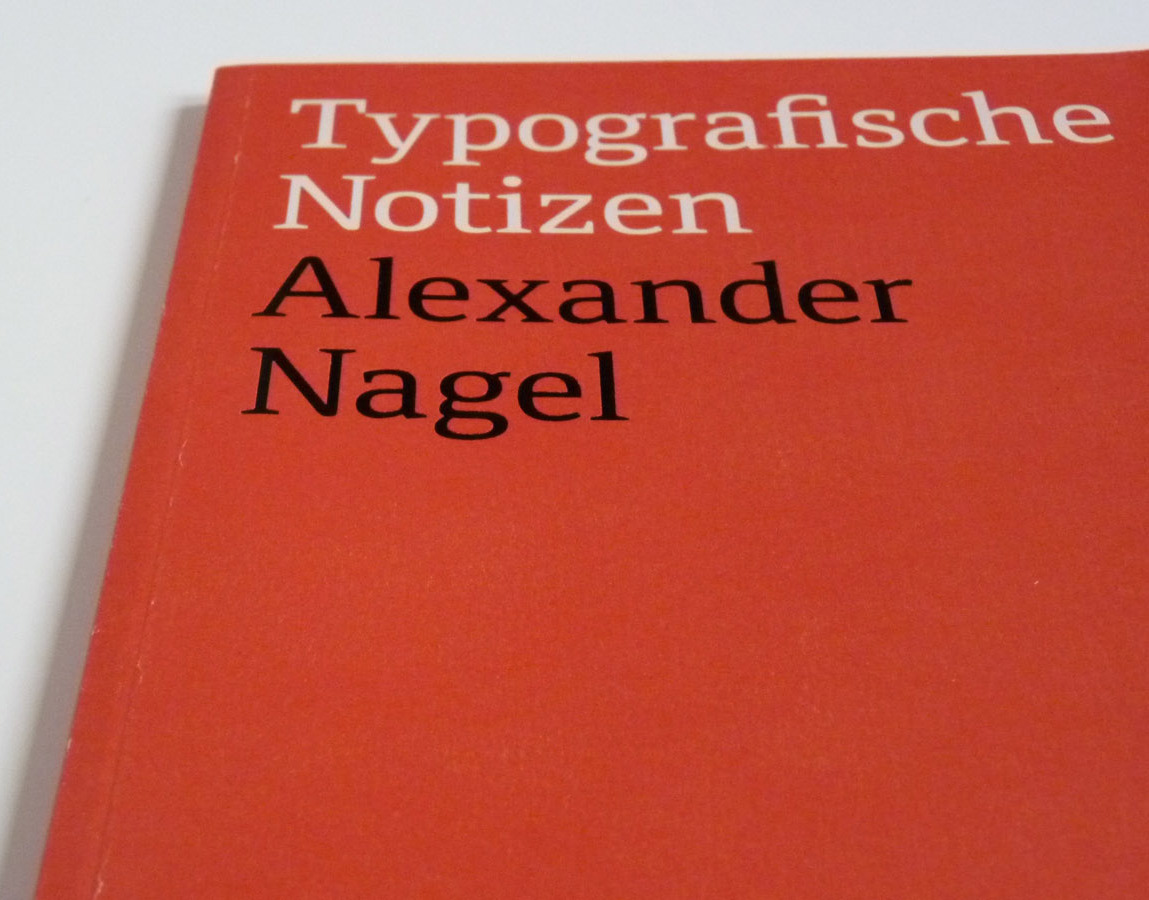 Paper
Paper

In collaboration with Kösel
A soft-cover book
… is a book with a flexible, mostly printed cover.
Best possible uses of soft-cover binding?
This binding technique is mainly used for novels, travel guides or booklets. Soft covers are more suitable for book titles where the focus is not on the design, but on the content of the book. Furthermore, it is suitable for books that need to be light and easy to handle. Publishers normally launch books with a soft cover (paperbacks) as the inexpensive version of the hardcover, which has a higher quality, but is also more expensive.
What are the advantages and the disadvantages of this technique?
The soft cover is flexible, easy to produce and does not weigh much. However, it is less suited to high-quality books.
How does the technique work?
Glue is applied to the spine of the book, which is then glued together. Subsequently, the spine is cased into the cover and trimmed on three sides. Soft covers exist in several variations, for example with a flap or as a “free spine brochure”, where the cover is not glued to the back of the book block. Different glues can be used, for example dispersion glue, hot-melt glue or PUR.
Soft covers can only be produced up to a spine thickness of 5cm. Beyond 5cm the product becomes too unstable.
How do you see the future of this method?
More and more new book formats are released that combine the advantages of soft-cover and hardcover binding. We also see a trend to use uncoated natural papers and surface finishings that produce great haptic effects.